Cantonese is the language of the Canton people. It is a Chinese dialect that is more common in South-eastern China and Hong Kong.
Tips: Listen to the Ultra-realistic Cantonese AI Voice for Text to Speech on VoxBox.


However, it is hard to find professional translators who have a natural accent if you want Cantonese text to speech conversion, either for making marketing materials, presentations, audio books, learning, or for other purposes. Therefore, we will share AI-powered tools you can use to get realistic Cantonese AI voice. So let’s get into it.
Part 1: Amazing AI Cantonese Text To Speech Voice Generator with Cantonese AI Voice
1. iMyFone VoxBox - Best Cantonese AI Voice Generator
iMyFone VoxBox is a professional Cantonese text-to-speech voice generator you can capitalize. You don’t have to worry about hiring professionals to do Cantonese voiceovers for videos, presentations, or whatsoever reason.
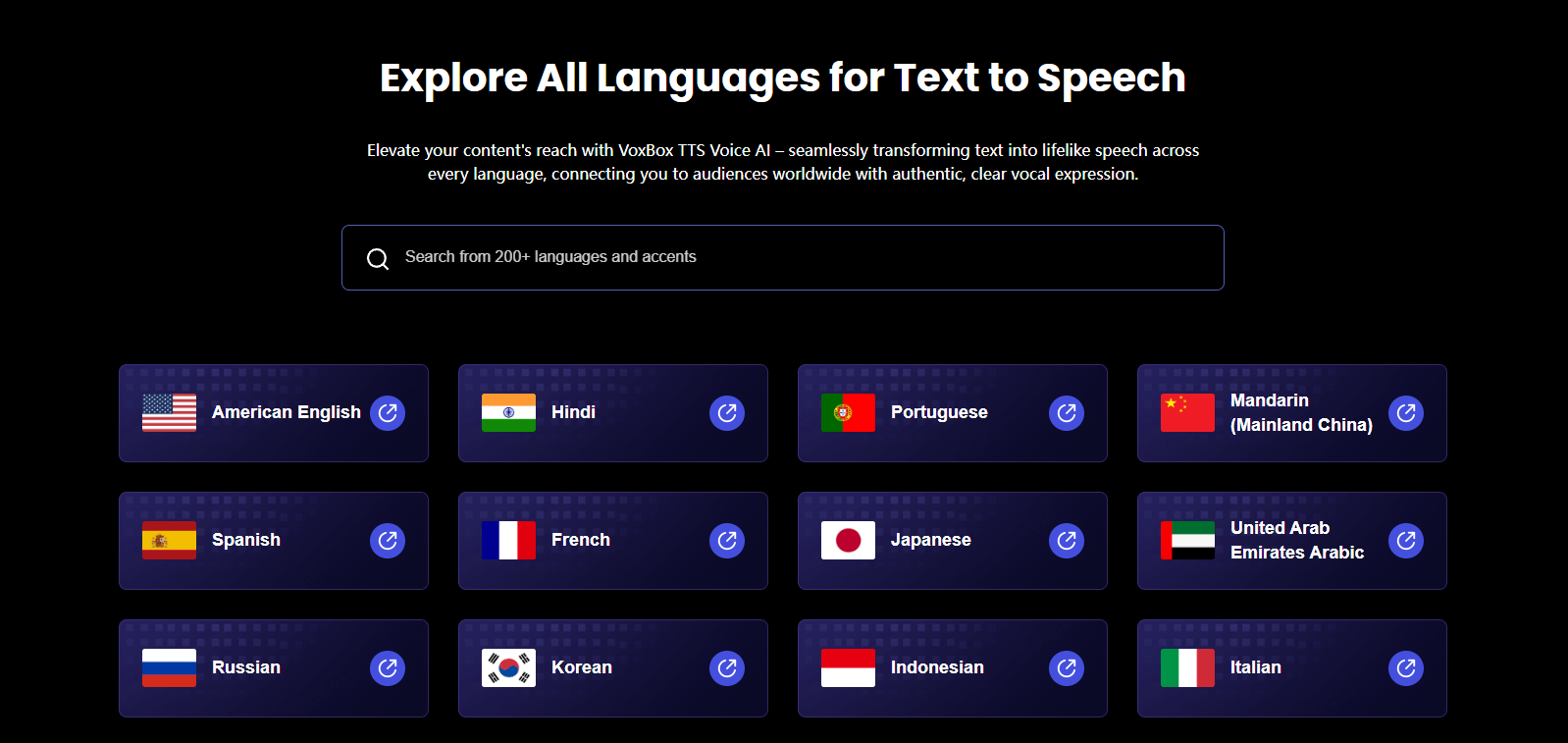
Moreover, it provides you with many other language options, like Chinese, Spanish, French and more for you to convert text to natural-sounding speech. Besides, it is more than a TTS tool, since it offers more features like speech to text, voice recording, cloning and audio editing, etc.
How To Use Cantonese Text To Speech Voice Generator?
Step 1: Download and install iMyFone VoxBox on your Windows OS from here..
Step 2: Go to the Text To Speech tab, enter your text, and click "Change voice" to get Cantonese AI voice for text to speech.

Step 3: Choose Cantonese option under language, and select one voice from many choices it offers, including males and females, and more.
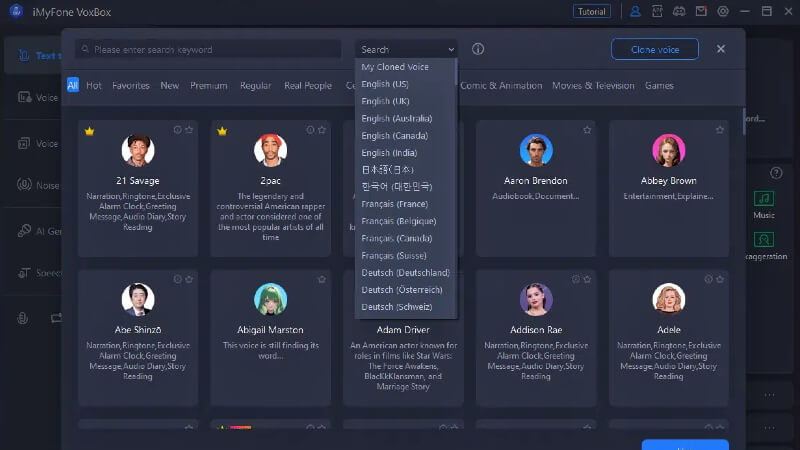
Step 4: Click "Convert", and once converted, export the audio to your device and use it as required.
Key Features:
-
Realistic Cantonese text to speech voice generator.
-
3200+ voice filters & voice effects with46+ major languages support.
-
Ease to edit or convert the recorded aaudio files.
-
Multiple output formats supported, such as wav and mp3.
Pros:
 Thousands of filters and effects.
Thousands of filters and effects.
 Available for personal and professional users.
Available for personal and professional users.
 Multiple language support.
Multiple language support.
Cons:
![]() Must get a premium subscription to unlock all features.
Must get a premium subscription to unlock all features.
You Maybe Also Interested in
2. MicMonster
MicMonster is also a good choice as Cantonese text to speech voice generator. The online converter doesn’t need any installation on your laptop or PC. You can also install it on your mobile devices with Android iOS.
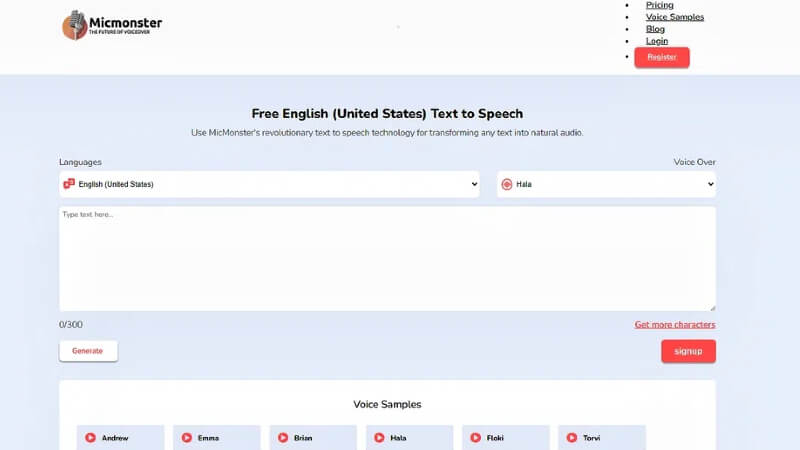
Key Features:
-
Online voice generation with a natural accent.
-
Choose from male and female voices.
-
Supports 140 languages that you can use for personal or professional purposes.
-
Advanced editor by adjusting tone, speed, pitch, emphasis, etc.
Pros:
 User-friendly interface.
User-friendly interface.
 No installation required.
No installation required.
 Available on Android and iOS.
Available on Android and iOS.
Cons:
![]() Voice editing is available in the pro version only.
Voice editing is available in the pro version only.
![]() The free version might generate unrealistic results at times.
The free version might generate unrealistic results at times.
3. Synthesia –Free Cantonese Demos
Synthesia is also an online platform capable of doing Cantonese text-to-speech conversions with its AI technology. You can generate Cantonese voices in a natural accent to use for videos, presentations, and other purposes.
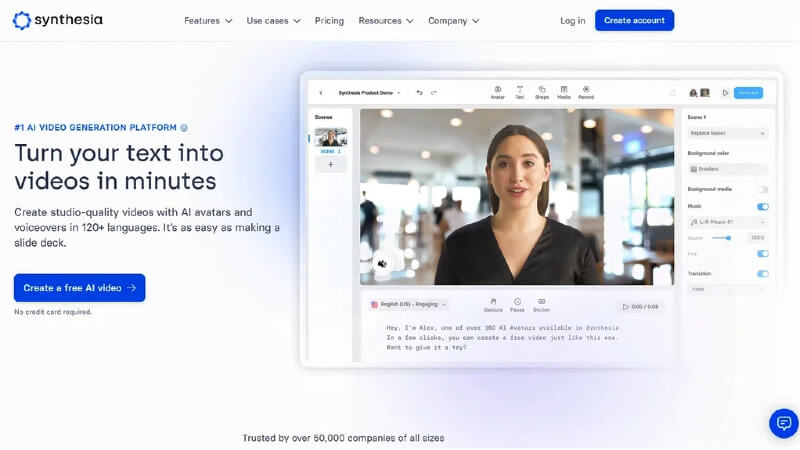
The main highlights of Synthesia are as follows:
Key Features:
-
More than 60 languages support.
-
Voice effects, filters, and natural female & male voices.
-
Freedom to adjust the pronunciation of different words.
Pros:
 No need to hire professionals with the natural accent voice generation.
No need to hire professionals with the natural accent voice generation.
 Fully customizable video templates are an add-on.
Fully customizable video templates are an add-on.
 Multiple languages support with quick correction features.
Multiple languages support with quick correction features.
Cons:
![]() Premium pricing is not fit for individual users.
Premium pricing is not fit for individual users.
![]() Lack of editing and mixing features.
Lack of editing and mixing features.
Part 2: Bonus Tip to Make Cantonese Speech to Text Conversion
VoxBox, an AI voice generator offers you the best Cantonese speech to text converter, providing businesses with multilingual support, market research, and seamless communication with Cantonese speakers. With automated tools like VoxBox, companies benefit from cost-effective solutions that offer near-human levels of accuracy and language flexibility across 46+ languages, making them indispensable for business operations.
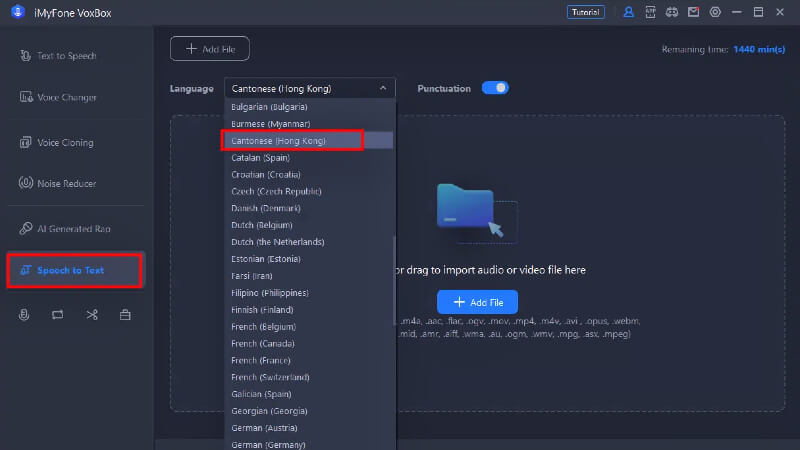
Converting Cantonese speech to text using VoxBox is effortless. Simply upload the audio file, select the export language, and with a single click on "Convert," you can obtain the desired text in any language from the Cantonese speech.
Watch this Video to know more about VoxBox!
Special Offer: Get Official MagicMic with A Discount
35% off Coupon Code: VOXBOXYT
Part 3: FAQs About Cantonese Text To Speech and Cantonese AI Voice
1. Does Google Translate have Cantonese?
No, currently, Google Translate doesn’t support Cantonese, so you have to rely on third-party tools like iMyFone VoxBox
2. How can I get a Cantonese translator?
You will either need to hire a professional translator or look for Cantonese to English translating software like Microsoft Bing Translator.
3. How can I use Cantonese text-to-speech voices to generate realistic speech for videos?
With iMyFone VoxBox, you can download the converted audio and use it in your videos with realistic accents and speech.
4. What is the app for Cantonese audio to text?
VoxBox is an automatic transcription software for quickly converting your Chinese (Cantonese) audio and video files to text. Fast, accurate, and affordable. Millions of users from all over the world.
5. How do I convert Chinese voice to text?
With VoxBox, convert your Cantonese spoken or recorded audio into written text effortlessly. Just choose your MP3/WAV/MP4 or FLAC file, upload it to our engine, and after processing, receive the transcript of your audio file.
6. What is Cantonese AI voice technology?
Cantonese AI voice technology involves using artificial intelligence to generate natural-sounding speech in the Cantonese language. It enables computers and devices to speak and interact with users in Cantonese.
7. Can Cantonese AI voices sound human-like?
Yes, with advancements in AI and natural language processing, Cantonese AI voices have become remarkably human-like, mimicking natural speech patterns and emotions.
Conclusion
We have shared three different tools for Cantonese text to speech conversions. Each solution has its own strong and weak points. If you want the most natural accent and flow of Cantonese voice, we recommend downloading and isntalling iMyFone VoxBox, which also allows you to make Cantonese speech to text conversion.

































